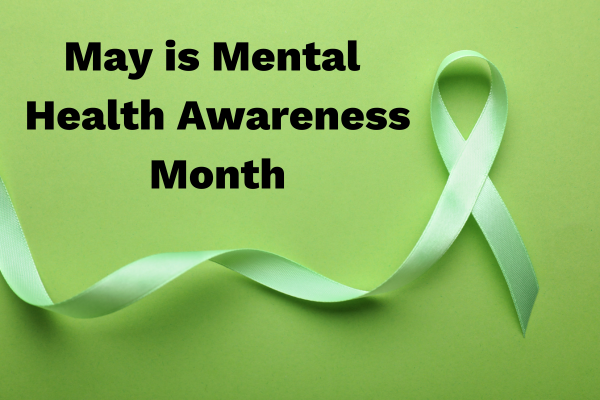Promoting Mental Health in the Workplace

May is Mental Health Awareness Month, a time dedicated to raising awareness about the importance of mental health. As safety professionals, we must prioritize not only the physical safety of workers but also their mental health in the workplace. It impacts productivity, job satisfaction, and overall workplace safety.
The Impact of Mental Health on Workplace Safety
Mental health issues can have a significant impact on workplace safety. Stressed or distracted employees are more likely to have accidents, make mistakes, and have lapses in judgment, which can lead to injuries or even fatalities. The construction, manufacturing, and transport industries, traditionally high-risk environments, are particularly vulnerable to these issues.
Mental health issues do not discriminate—they can affect anyone, regardless of their role or position. For safety professionals, this means recognizing the signs of mental health issues and understanding how they can impact workplace safety.
Recognizing the Signs
Recognizing the signs of mental health issues is the first step toward creating a supportive workplace environment. Common indicators include:
- Changes in Behavior: A once outgoing worker may become withdrawn, or a typically punctual worker may start arriving late. These changes can signal underlying mental health issues.
- Decreased Productivity: A decline in work performance or increased absenteeism can indicate that an employee is struggling.
- Mood Swings: Rapid or extreme changes in mood, such as increased irritability or sadness, can be a sign of mental health concerns.
- Physical Symptoms: Mental health issues can also manifest physically, through headaches, stomach problems, or frequent illnesses.

Create an Environment Supporting Mental Health in the Workplace
Creating a supportive environment is key to addressing mental health issues in the workplace. Here are some strategies to consider:
- Encourage Open Communication: Create an environment where employees feel comfortable discussing mental health issues. This can be achieved through regular check-ins, anonymous surveys, or providing resources like Employee Assistance Programs (EAPs).
- Provide Training: Training managers and employees on mental health awareness can help them recognize signs of distress in themselves and others.
- Promote Work-Life Balance: Encourage employees to take breaks, use their vacation time, and disconnect from work outside of office hours to prevent burnout.
- Offer Flexibility: Flexible work arrangements, like remote work or flexible hours, can help employees manage their mental health more effectively.
Addressing the Stigma
One of the biggest barriers to addressing mental health issues is the stigma associated with them. We can help combat this by:
- Leading by Example: Leaders should model healthy behaviors and openly discuss mental health.
- Educating: Providing information about mental health and the benefits of seeking help can demystify the topic and encourage employees to seek support.
- Normalizing Mental Health Days: Just as we take sick days for physical illnesses, we should normalize taking time off for mental health reasons.
Final Thoughts
Mental Health Awareness Month serves as a reminder that mental health is an integral part of overall well-being. For safety professionals, this means recognizing the impact of mental health on workplace safety and creating environments where employees feel supported and understood. By doing so, we not only protect the well-being of our employees but also create safer, more productive workplaces.
Remember, mental health is health. Together, let’s create a culture where mental well-being is prioritized, and where seeking support is seen as a sign of strength, not weakness.
Related Topics
What Safety Professionals Need to Know About Suicide Prevention (Join Pathways for Free!)



